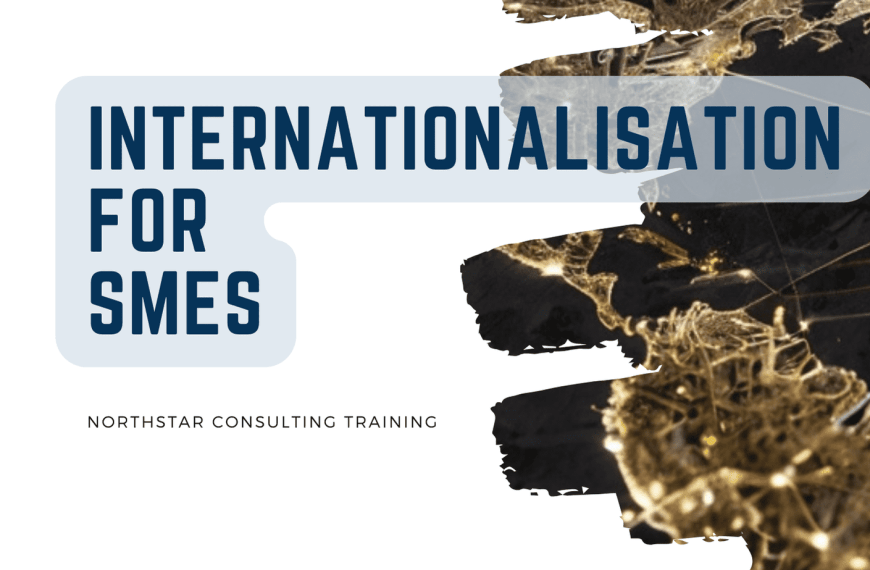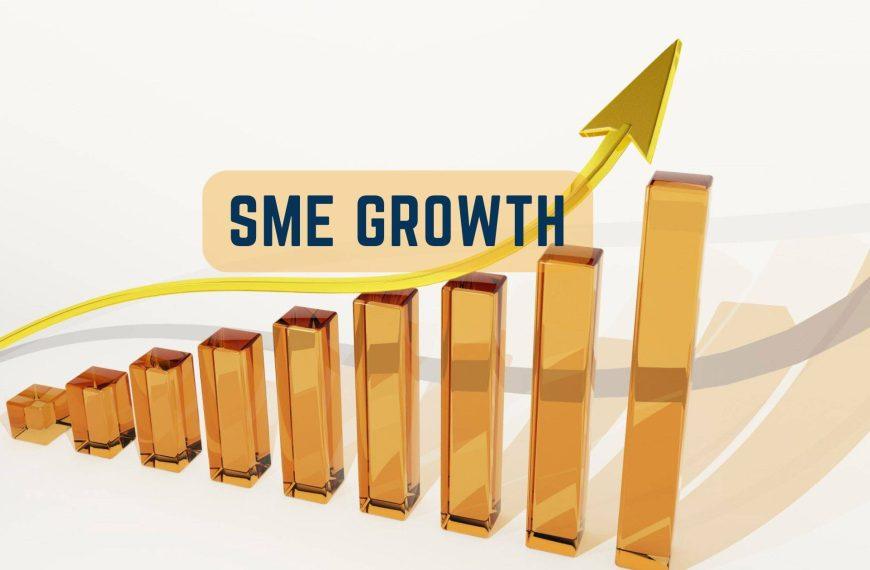Since this article was written in March 2025, the Asian market has experienced significant volatility due to geopolitical tensions and trade policy changes. While the underlying opportunities remain immense, market entry now requires a greater focus on supply chain resilience and navigating trade friction.
Here is an update highlighting the most crucial developments for UK/International SMEs as of Q4 2025:
Evolving Trade and Economic Dynamics (The New Context)
- Growth Moderation Amid Tariffs: Southeast Asian economies saw a strong surprise upside in the second quarter of 2025 (Q2 2025), largely driven by businesses “front-loading” activities—accelerating exports and production ahead of the planned reciprocal tariffs that took effect in August 2025. This means the overall economic outlook for the second half of 2025 (Q3/Q4) is expected to be more moderate as the boost fades and trade friction takes effect. However, we must highlight that some markets have experienced growth that surpassed pre-2020 levels. This is the case of Vietnam, which reported its best quarterly performance since 2020 and other economies like Indonesia, the Philippines, and Singapore that are also seeing growth upticks.
- Increased Trade Uncertainty: Despite these individual cases, the trade wars started in early 2025 have slowed down exports. The escalation of global tariffs, particularly between major economies like the US and China, has increased policy uncertainty across the region.
What does it mean for SMEs and microbusinesses? As usual, smaller players must plan. Plan for what? For starters, they must prepare for greater supply chain volatility, shorter lead times in procurement and production cycles.
GVCs: Prioritising Resilience Over Just-in-Time Efficiency
- From Efficiency to Resilience: The dynamic surrounding Global Value Chains (GVCs) is shifting rapidly. While the original advice to integrate into GVCs stands, the focus has moved from purely efficiency-driven models (“just-in-time”) to diversification and resilience. Geopolitical pressures are compelling global firms to reconfigure supply chains, creating new entry points for flexible SMEs.
- Emergence of Strategic Hubs: SMEs should target specific, high-growth industrial clusters that are attracting massive new FDI. Key trends include:
- Electric Vehicles (EVs): Indonesia and Thailand are rapidly establishing themselves as regional EV manufacturing and battery hubs.
- Semiconductors and Electronics: Malaysia and Vietnam are gaining ground as manufacturing and R&D centres for these critical components.
For consumer-focused SMEs, the goal is often market access and distribution (selling to the consumer), rather than GVC integration (supplying to a manufacturer). The strategy shifts to securing strong, local import partners and investing heavily in digital brand presence. How?
The answer to this lies in Asia’s rapidly expanding middle class, which is demanding higher-quality, premium, and authentic foreign goods—a perfect fit for many UK-based SMEs. Specifically:
- Food & Drink (Whisky, Gin, Fine Foods): Asian consumers, especially in cities like Singapore, Hong Kong, and across China, have a massive appetite for premium UK-origin products. This is a unique opportunity for SMEs in the UK as well as Europe because:
- Authenticity and Provenance: Leveraging heritage and quality marks (e.g., Scotch Whisky’s geographical indication, Italian DOCG or French AOC) to justify premium pricing.
- E-commerce & Digital Retail: Partnering with established regional e-commerce platforms (like Tmall or Shopee) that manage complex logistics and customs for foreign goods.
- Creative and Business Services: As Asia’s economies mature, there is soaring demand for specialised, high-end services often provided by UK SMEs, including:
- Education and EdTech
- Financial and Professional Services
- Brand Design and Digital Marketing
Leverage Regional Cooperation for Market Access
- UK-ASEAN Connectivity Boost: For UK SMEs, a key development is the UK’s accession to the Comprehensive and Progressive Agreement for Trans-Pacific Partnership (CPTPP). This agreement, which includes ASEAN members like Singapore, Malaysia -recently added-, Vietnam, and Brunei, is expected to significantly boost UK-ASEAN trade and investment ties, offering potential preferential access and streamlined processes for participating SMEs.
- 2025 Focus on Sustainability: As Malaysia chairs ASEAN in 2025, the focus remains on inclusivity and sustainability. This reinforces the original article’s advice to adopt inclusive business models, as businesses that align with ASEAN’s 2025 agenda for renewable energy, healthcare, and sustainable development will find increased regulatory favour and investment opportunities.
FDI Trends: Focus on High-Value and Digital Sectors
- Sustained Investment: Foreign Direct Investment (FDI) inflows to ASEAN remain strong, cementing the region’s position as a top global destination. Crucially, the growth is heavily weighted toward high-value-added services, including research and development (R&D), professional services, and financial activities, indicating a move up the economic value chain.
- Digital Infrastructure Investment: Investment is surging into digital infrastructure, data centres, and AI-related hardware (semiconductors, software). SMEs in digital and high-tech sectors have the best chance to attract FDI and forge partnerships.
Read our “2025 Updates on the CPTPP” and get in touch for a free 15-minute audit of your company and your Internationalisation opportunities.




